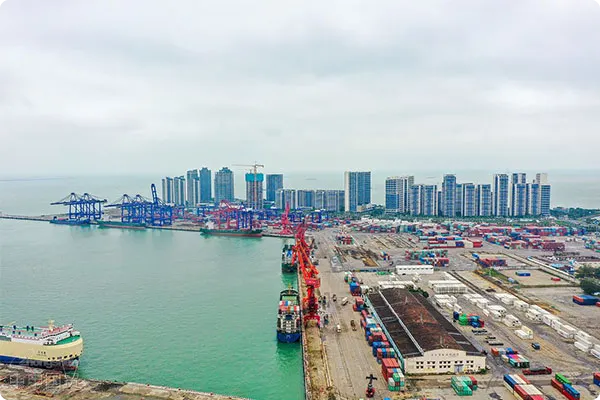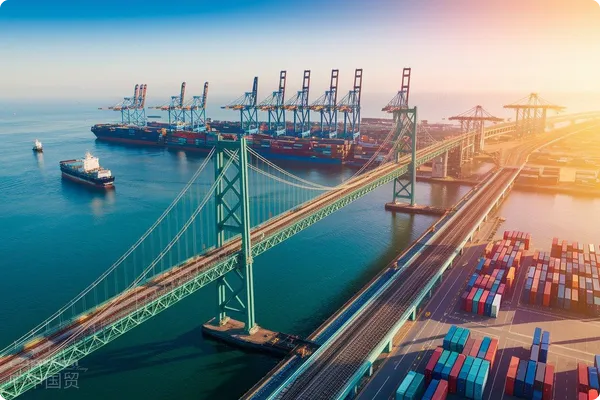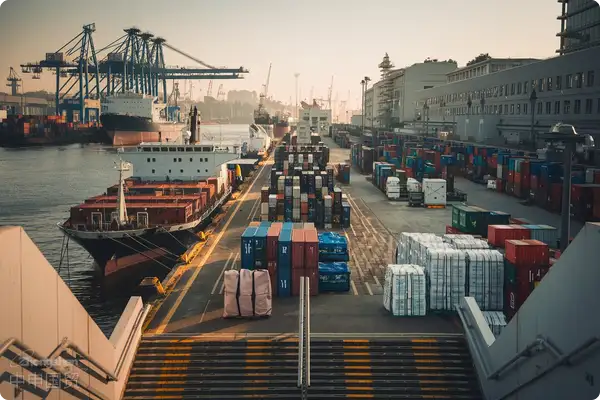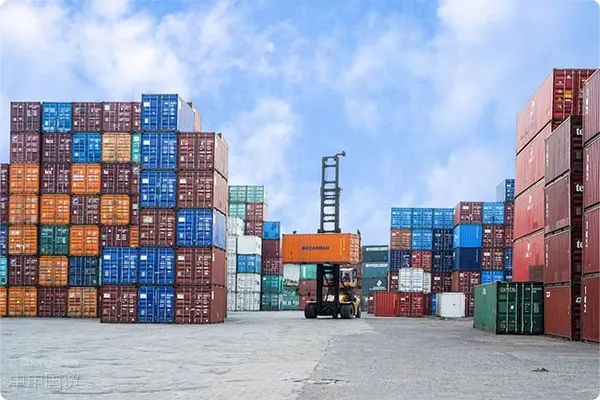- Shanghai Zhongshen International Trade Co., Ltd. - Two decades of trade agency expertise.
- Service Hotline: 139 1787 2118
foreign tradeHow Can Enterprises Find Maximum Profit Margins in Complex Tax Environments?Export DrawbackIt is a crucial policy benefit, but calculating export tax rebate amounts and profits involves multiple factors such as actual duty-paid price, rebate rate, and exchange rate fluctuations. Only by mastering precise calculation methods and coping strategies can enterprises stand firm in international trade!

Below are specific calculation steps and formulas:
Basic Calculation Formula for Export Tax Rebate
Export Tax Rebate Amount Calculation Formula:
Rebate Amount = (Actual Duty-Paid Price / (1 + VAT Rate)) × Product Rebate Rate
- Actual Duty-Paid Price:?Total value of exported products (tax-exclusive), calculated by multiplying product quantity and unit price.
- VAT Rate:?Currently, Chinas general VAT rate is 13%, while agricultural products are 9%.
- Rebate Rate:?The rebate rate is determined by the specific type of exported goods, usually stipulated in the catalog issued by the State Taxation Administration.
Calculation Example
Assume the actual duty-paid price of a batch of exported goods is:
Actual Duty-Paid Price = 10 million pieces × 50 unit price × 1.09 = 545 million yuan
Calculate the rebate amount:
Rebate Amount?≈ (545 million / 1.13) × 0.13 ≈ 62.7 million yuan
Consideration of Exchange Cost
Due to foreign exchange controls, foreign trade enterprises must also consider exchange rate fluctuations and exchange costs in actual operations, which affect the final rebate amount. The calculation formula for exchange cost is as follows:
Exchange Cost Calculation Formula:
Exchange Cost = (Tax-Exclusive Amount × (1 + VAT Rate – Rebate Rate)) / Declared Amount
- Tax-Exclusive Amount:?The tax-exclusive portion of the total export value of goods, i.e., the amount used for declaration.
- VAT Rate:?Chinas VAT rate is typically 13% (some products may be 9%).
- Rebate Rate:?Product tax rebate rate
- Customs declaration amount:?Total declared value of export goods during customs declaration (typically FOB price).
Impact of exchange rate range on tax rebates
As different local tax authorities have varying requirements for exchange cost ratios (typically within ranges like 3-8, 4-8, or 3-7), calculated exchange costs falling outside these specified ranges may affect tax rebate approvals. Specifically:
- Loss-making sales:?Excessively high exchange costs or sales prices below reasonable ranges may be deemed as false exports or profit shifting, leading to restricted or denied tax rebates.
- Excessive profits:?Excessively low exchange costs may raise tax authority suspicions of tax evasion, requiring additional documentation or resulting in rebate limitations.
Conclusion
The calculation of export tax rebate profits and rebate approvals are subject to multiple factors. For foreign trade enterprises:
- Reasonable pricing:?Must balance market competitiveness while ensuring exchange costs remain within specified ranges.
- Accurate declaration:?Strictly comply with tax and foreign exchange administration requirements by declaring true transaction amounts and exchange rates.
- Risk avoidance:?Avoid loss-making exports or inflated pricing to ensure normal tax rebate processes remain unaffected.
Facing various challenges in foreign trade, accurate calculation of export tax rebate profits will help you better manage costs, optimize pricing strategies, and maximize returns! Understanding key calculation steps and considerations will make your export business more competitive in global markets!
Related Recommendations
? 2025. All Rights Reserved. 滬ICP備2023007705號-2  PSB Record: Shanghai No.31011502009912
PSB Record: Shanghai No.31011502009912










